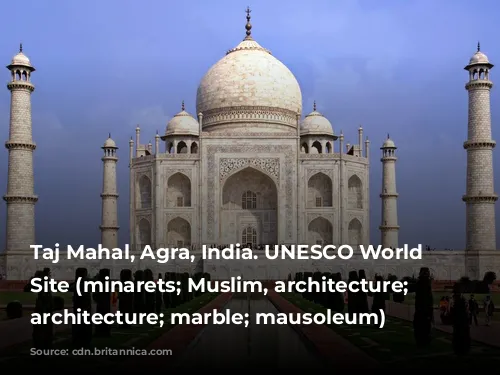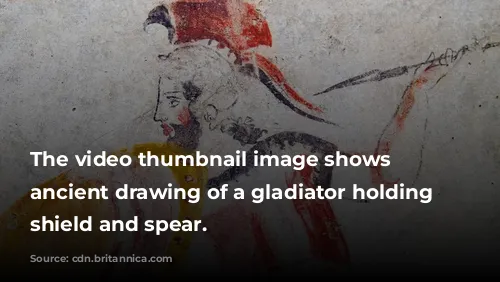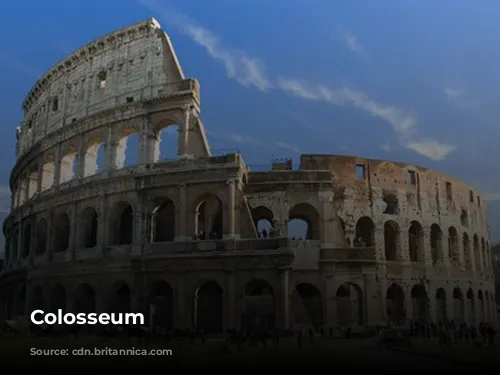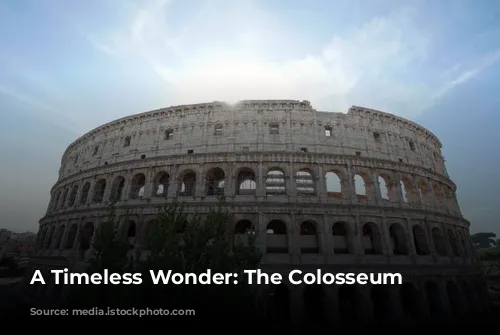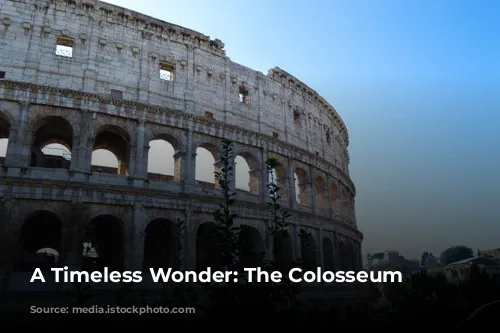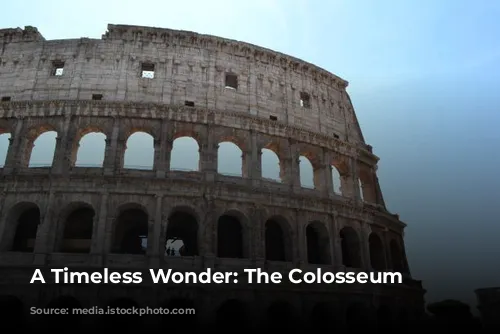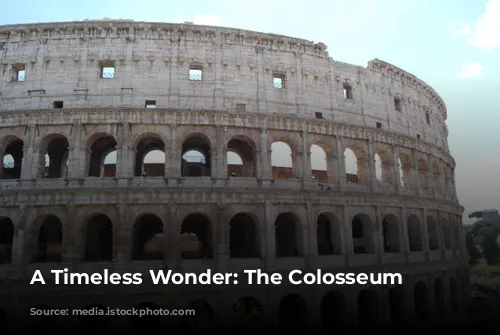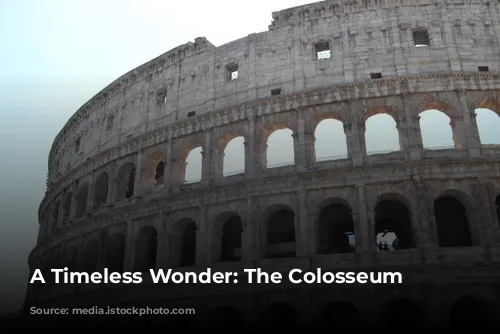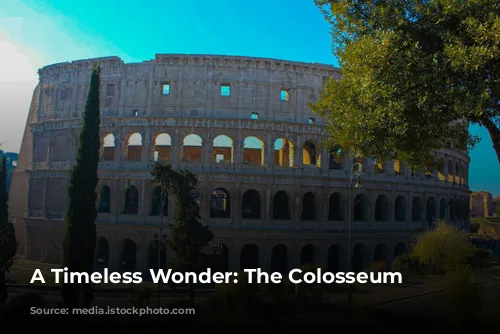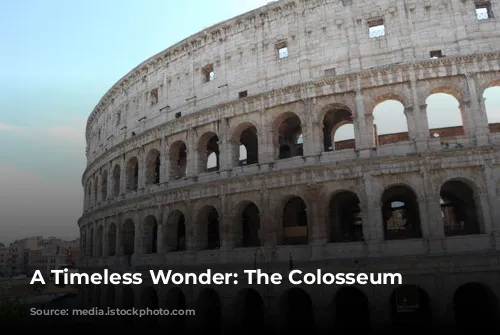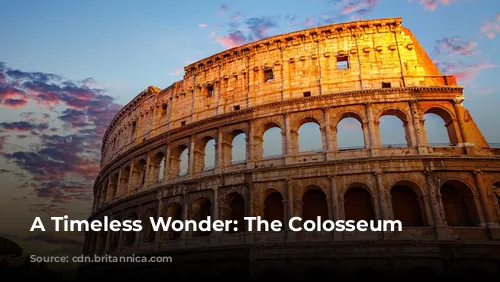The Colosseum, standing tall in the heart of Rome, is more than just an ancient ruin. It’s a powerful testament to the architectural genius of the Roman Empire and a thriving tourist attraction that draws millions of visitors each year.
The Colosseum, one of the few surviving structures from the Roman Empire, is a symbol of the ancient world’s architectural and engineering achievements. It also plays a crucial role in boosting Italy’s tourism industry. In 2018 alone, the Colosseum, along with the Roman Forum and Palatine Hill, generated over $63.3 million (€53.8 million) in revenue, making it the top tourist attraction in Italy.
A Turbulent Past
Despite its enduring presence, the Colosseum has endured its share of hardship. After the fall of the Western Roman Empire, the monument fell into a state of disrepair. The Frangipane and Annibaldi families used the arena as a fortified stronghold during the 12th century. In the late 15th century, Pope Alexander VI allowed the Colosseum to be used as a quarry, stripping away its materials for other construction projects. The Colosseum stood neglected for over a thousand years until restoration efforts began in the 1990s, thanks to government funding.
A Symbol of Imperial Power
The Colosseum’s construction began under the Roman emperor Vespasian between 70 and 72 CE, a time of significant change following the tumultuous “Year of the Four Emperors” in 69 CE. Vespasian, known for his practical approach to ruling, envisioned the Colosseum as a symbol of imperial strength and a place of entertainment for the Roman people. It was designed to host a variety of spectacles, including gladiator fights, animal hunts, and even mock naval battles.
The Colosseum’s construction was a monumental task completed by skilled Roman engineers and laborers. The structure was dedicated in 80 CE by Titus, Vespasian’s son and successor. The Colosseum’s fourth story was later added by the emperor Domitian in 82 CE. Importantly, the arena was funded using the spoils of war from Titus’s conquest of Jerusalem in 70 CE, and constructed using enslaved Jewish laborers from Judea.
A Colossal Structure
The Colosseum, also known as the Flavian Amphitheatre, is an impressive elliptical structure made of stone, concrete, and tuff. Its four stories reach a towering height, and it measures an astounding 620 by 513 feet (189 by 156 meters). This enormous structure could accommodate up to 50,000 spectators. The Colosseum was renowned for its use in gladiatorial combat, but it also served as a stage for many other captivating spectacles.
A Monumental Feat of Engineering
The Colosseum’s location, just east of the Palatine Hill, was once part of Nero’s Golden House. The Colosseum’s construction replaced Nero’s artificial lake, a symbolic act that represented Vespasian’s intention to transform the emperor’s personal extravagance into a public gathering space.
The Colosseum’s construction was an engineering marvel. Unlike earlier amphitheaters, which were often built into hillsides for support, the Colosseum was a freestanding structure made of stone and concrete. It used a complex system of barrel vaults and groin vaults, showcasing the Romans’ sophisticated understanding of construction. The Colosseum’s facade is adorned with three tiers of arcades featuring engaged columns in the Doric, Ionic, and Corinthian orders. This elegant arrangement of architectural styles became a defining element of Renaissance architecture. The main structure and facade are made of travertine, while the secondary walls are built from volcanic tufa, and the interior bowl and arcade vaults are made of concrete.
A Spectacle for the Masses
The Colosseum provided shelter from the sun for its massive audience using a retractable awning called a velarium. This impressive structure was supported by masts that extended from the top story, and it required hundreds of Roman sailors to operate the rigging that controlled the awning.
The Colosseum played host to thousands of thrilling events, including gladiator battles, animal hunts, and mock naval battles. However, historians debate whether the arena was the site of the martyrdom of early Christians.
A Monument in Perpetuity
Over the centuries, the Colosseum has served various purposes. In medieval times, it was used as a church and a fortress for powerful Roman families. The Colosseum also suffered damage from lightning, earthquakes, vandalism, and pollution. Over a thousand years, the arena was treated as a quarry, and its marble seats and decorative materials were plundered for other construction projects.
The preservation of the Colosseum began in earnest in the 19th century, with notable efforts led by Pope Pius VIII. In the 1990s, a major restoration project was undertaken, and today, the Colosseum remains a world-renowned tourist destination. Each year, close to seven million visitors marvel at the ancient wonder of the Colosseum. Regular exhibitions highlighting the culture of ancient Rome are held at the site, offering further insights into the history of this extraordinary monument.
The Colosseum, a lasting symbol of Roman ingenuity and power, continues to inspire awe in visitors from around the world. It stands as a testament to the enduring legacy of the Roman Empire and a reminder of the wonders that ancient civilizations could create.
